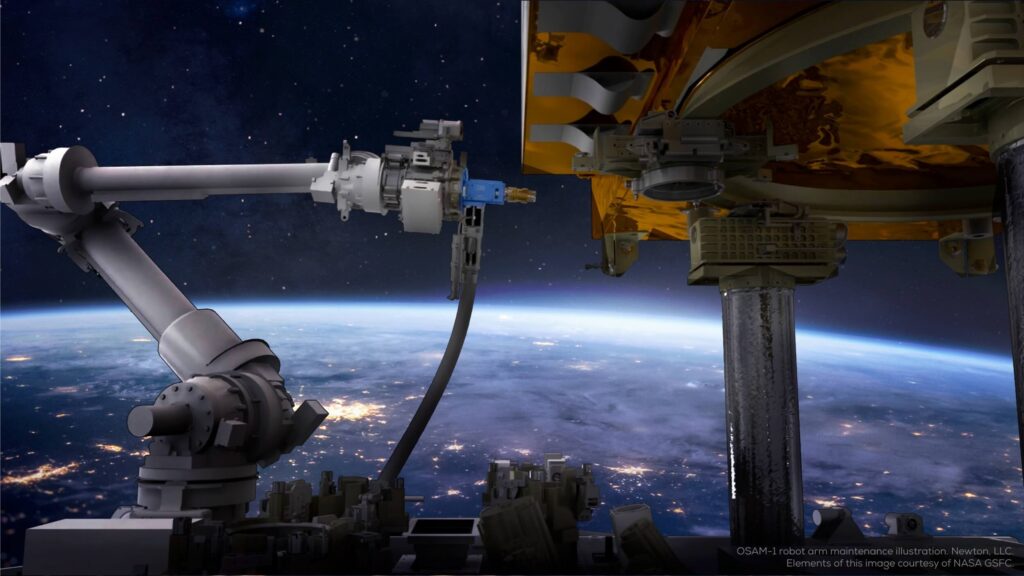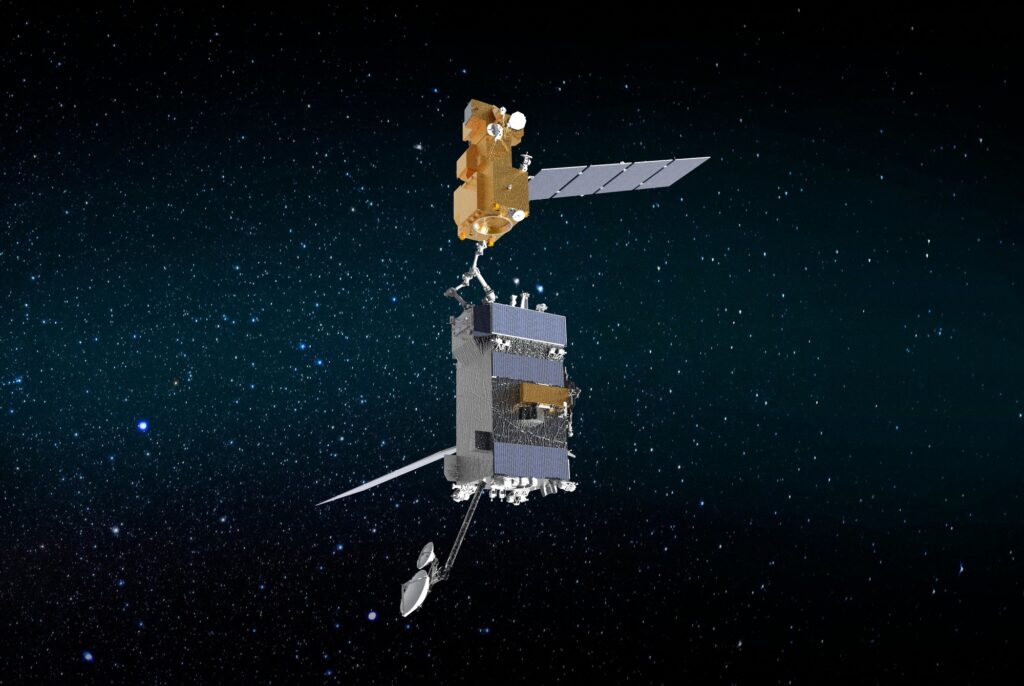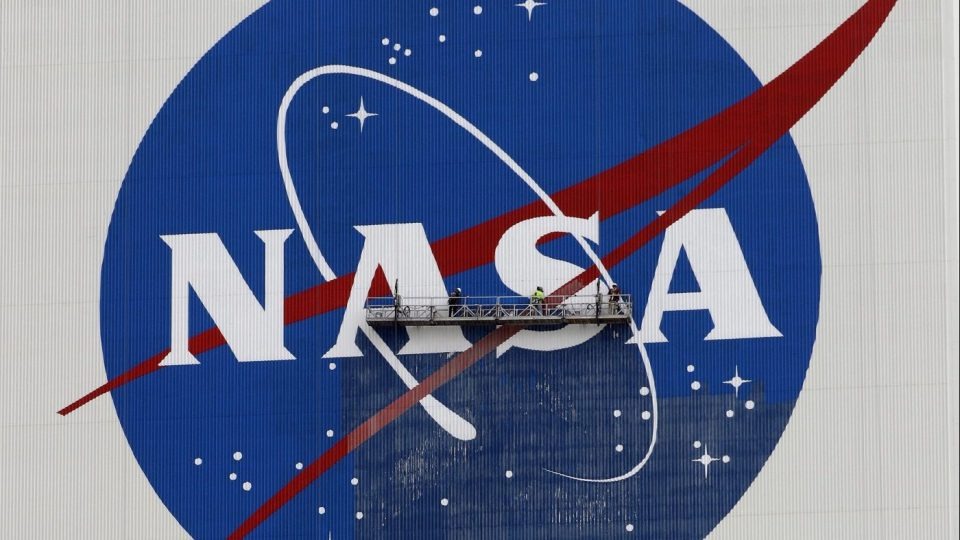Therecently terminated Orbital Servicing, Assembly and Manufacturing 1 (OSAM-1) demonstration spearheaded by NASA represented an aspirational quest towards sustainable models for orbital satellite infrastructure upkeep and maintenance. But after years working through sophisticated capabilities to service spacecraft in space, the mission got mothballed pre-launch owing to development roadblocks.
This analysis examines the original goals behind OSAM-1, contributing factors across technical and programmatic domains complicating execution, and the uncertain path now facing satellite servicing initiatives without such an ambitious flagbearer mission achieving orbit.
The Ambitious Mission to Service Satellites In-Space
First conceived in 2013, OSAM-1 sought furthering satellite servicing models by pioneers such as the now cancelled MEV-2 spacecraft from private firm Northrop Grumman which successfully demonstrated orbital docking maneuvers to extend satellite lifetimes.
But OSAM-1 set its sights higher across areas like:
- Transferring propellant between two orbiting satellites to rejuvenate aging assets
- Validating feasibility of assembling complex modular spacecraft by physically joining components together post-launch
Such accomplishments could enable on-demand augmentation of sensors, solar arrays or antennas to adapt to evolving mission requirements – a far cry from today’s constrained configurations.

Root Causes Behind OSAM-1 Mission Cancellation
After nearly a decade of technology maturation across sophisticated capabilities like automated rendezvous sensors, dexterous robotic arms and custom propellant transfer systems, OSAM-1 encountered overlapping obstacles spanning:
Persistent Integration Setbacks
Interoperability issues arose when interfacing the various complex subsystems like computer vision cameras, mechanical grapplers and custom plumbing hardware with the software testbeds used for evaluation and demonstration.
Ironing out the myriad integration dependencies introduced multi-year schedule slips and cost impacts.
Runaway Program Costs
Initially projected around $250 million, estimates pegged final expenditures breaching $600 million territory across the elongated development cycle as overheads piled up- an unsustainable trajectory.
Inability to Secure External Partners
Unlike flagship science missions securing secondary funding contributors, NASA alone shouldered OSAM-1 budget risks without supplemental investment suitors given technical and schedule uncertainties.
This funding exposure acted as final impetus for program closure.
Mission Cancellation Reverberations
The termination of such a high visibility program spearheading satellite servicing ambitions carries negative ripples across the space community:
Slowed Technology Maturation
An orbital success could have spurred greater corporate, academic and government investment into next generation servicing equipment and methods- especially from risk-averse entities.
Its absence leaves core enablers for supporting asset sustainability in space underdeveloped for years.
Weakened Business Case Credibility
Fledgling satellite maintenance/recovery companies now face much greater customer skepticism without inspiring government validation of responsive orbital servicing models that missions like OSAM-1 could provide.

Revisiting Political Support
Lawmakers bankrolling multi-year infrastructure technology development also grow warier sustaining funding allocations without demonstrable progress validating technical approaches.
An Uncertain Future for Satellite Servicing
While the OSAM-1 cancellation deals a blow toward ambitious in-space satellite servicing dreams, it thankfully does not foreclose all such prospects despite delays introduced.
Industry observers advise pragmatic balancing of innovation aspirations against complexity slippage risks, especially for initial pathfinding attempts – echoing lessons from OSAM-1 now back to square one.
With satellites representing indispensable orbital assets vulnerable to aging, sustainable next generation system upgrade models remain imperative – albeit now relying on fresh alternative approaches instead.










Add Comment